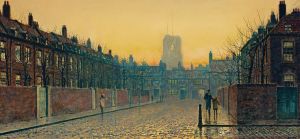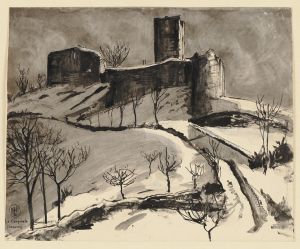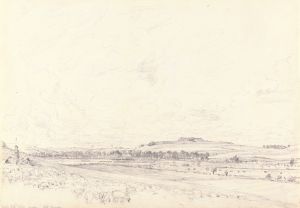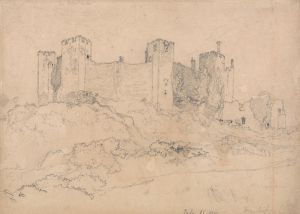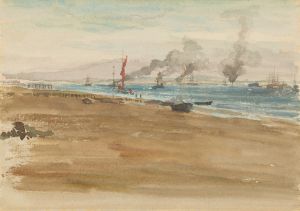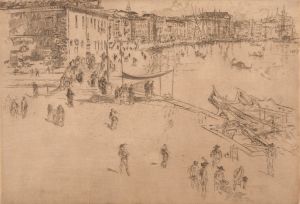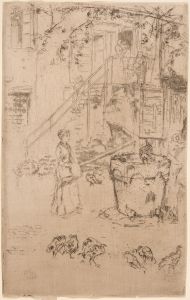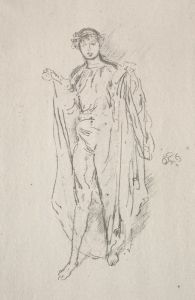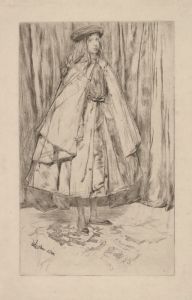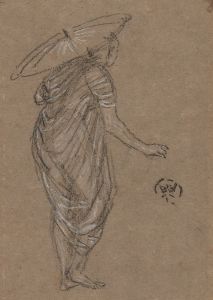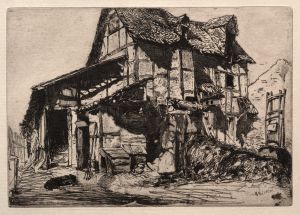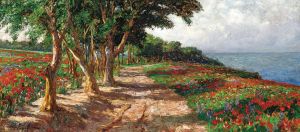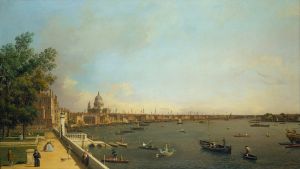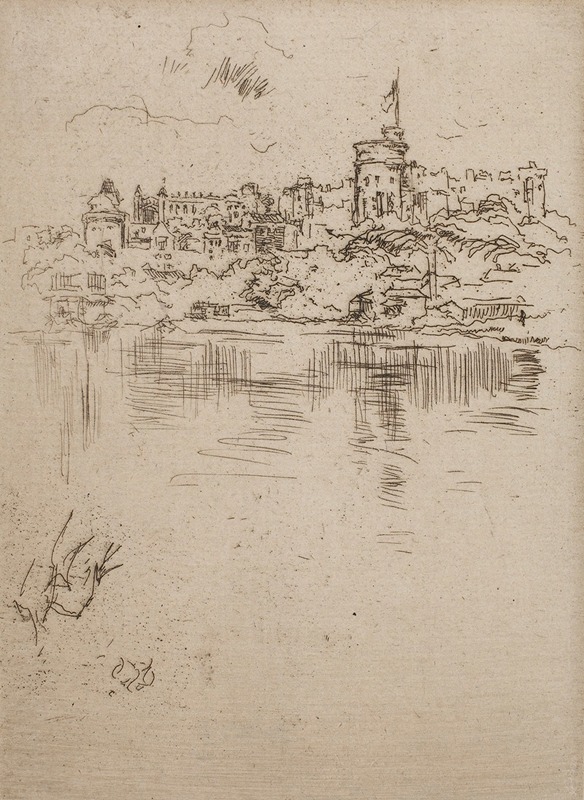
Windsor Castle
A hand-painted replica of James Abbott McNeill Whistler’s masterpiece Windsor Castle, meticulously crafted by professional artists to capture the true essence of the original. Each piece is created with museum-quality canvas and rare mineral pigments, carefully painted by experienced artists with delicate brushstrokes and rich, layered colors to perfectly recreate the texture of the original artwork. Unlike machine-printed reproductions, this hand-painted version brings the painting to life, infused with the artist’s emotions and skill in every stroke. Whether for personal collection or home decoration, it instantly elevates the artistic atmosphere of any space.
James Abbott McNeill Whistler, an American artist active during the late 19th century, is renowned for his contributions to both painting and printmaking. One of his notable works is "Windsor Castle," which captures the historic British royal residence located in Berkshire, England. Whistler's depiction of Windsor Castle is part of his broader oeuvre that often focused on landscapes and architectural subjects, rendered with his distinctive style.
Whistler was born in Lowell, Massachusetts, in 1834 but spent much of his career in Europe, particularly in London and Paris. He was a pivotal figure in the Aesthetic Movement, which emphasized art for art's sake, valuing beauty and visual pleasure over narrative content or moral messages. His works are characterized by their subtle tonal variations and innovative use of color and composition.
"Windsor Castle" by Whistler is an etching, a medium in which the artist excelled. Etching involves using acid to cut into the unprotected parts of a metal surface to create a design in intaglio (incised) in the metal. Whistler's etchings are celebrated for their precision, delicate lines, and atmospheric effects, which often evoke a sense of place and mood.
The exact date of the creation of "Windsor Castle" is not definitively documented, but it is known that Whistler produced a series of etchings of English architectural subjects during the 1850s and 1860s. This period was marked by his exploration of various European cities and landmarks, capturing their essence through his etchings and paintings.
"Windsor Castle" showcases Whistler's ability to convey the grandeur and historical significance of the castle while also imbuing the scene with a sense of tranquility and timelessness. The etching likely features the castle's iconic towers and battlements, set against the backdrop of the English landscape. Whistler's technique allows for a detailed yet impressionistic representation, highlighting his skill in balancing intricate detail with broader atmospheric effects.
Whistler's work, including "Windsor Castle," has been influential in the development of modern art. His approach to composition and his emphasis on the aesthetic qualities of his subjects have inspired subsequent generations of artists. Whistler's etchings, in particular, are highly regarded for their technical mastery and artistic sensitivity.
Today, Whistler's "Windsor Castle" can be found in various collections and is studied for its artistic merit and historical context. It remains a testament to Whistler's talent and his ability to capture the essence of his subjects through his unique artistic vision.






